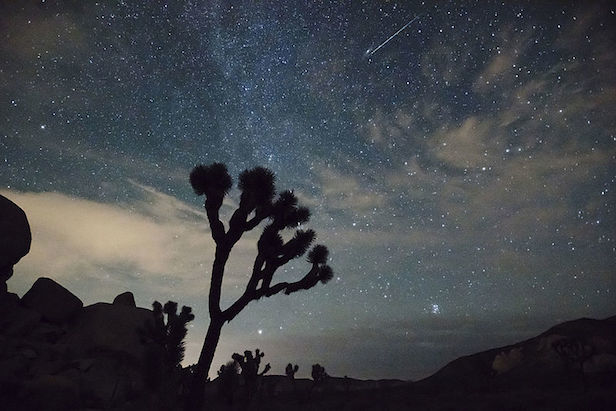NIGHT SKY: Don’t miss the Perseid meteor shower this weekend!
The Perseid meteor shower, which makes its appearance every year in Earth’s sky, reaches its peak with up to 100 meteors per hour expected
The Perseid meteor shower, which makes its appearance every year in Earth’s sky, reaches its peak this weekend with up to 100 meteors per hour expected. A waning gibbous Moon will affect the visibility of the shower, with only the brightest meteors being visible. However, it is possible to see stray ‘shooting stars’ into next week.
Meteors are caused by tiny, sand grain-to pea-size bits of dusty debris from comets or asteroids, striking our planet’s atmosphere. The Perseids hail from the Perseid Cloud, a stream of debris left behind by comet Swift-Tuttle, which completes its orbit every 133 years. It is this clump of particles that our planet moves through every year to create the annual meteor shower, with each Perseid zipping in through the atmosphere at 60 kilometres (37 miles) per second, creating a quick, white-hot streak of superheated air.
Shortly after twilight ends, you will see the occasional Perseid meteor streaking across the sky. However, the prime viewing hours are after midnight and up until the first light of dawn. These fast-moving meteors can appear anywhere and everywhere in the sky, however, they appear to radiate from a point between the constellations Perseus and Cassiopeia. Since we generally only see meteors in the last second or two as they streak into Earth’s upper atmosphere, it is often best to simply watch wherever the sky is darkest, which is usually straight up.
The beauty of watching a meteor shower is that you don’t need any equipment other than your eyes. You should find a dark spot with a wide-open view overhead and, in order to watch the sky in comfort, a reclining chair or a blanket that you can lay on the ground is ideal. It is also essential to wrap up warm – it can still be chilly at night, even during the summer.
Any light pollution will cut down the number of meteors visible, so the best views are on the outskirts of towns and cities and away from artificial light. If you need to find your way around or look at a star map, then you should use a red flashlight to preserve your night vision. Remember, that you should allow 20 minutes for your eyes to adapt to the dark.
The spectacle provides an exciting opportunity for astrophotographers, so don’t forget to send your images of any meteors you manage to capture to [email protected] for a chance to be featured in the print edition of All About Space magazine!
Keep up to date with the latest space news in All About Space – available every month for just £4.99. Alternatively you can subscribe here for a fraction of the price!





